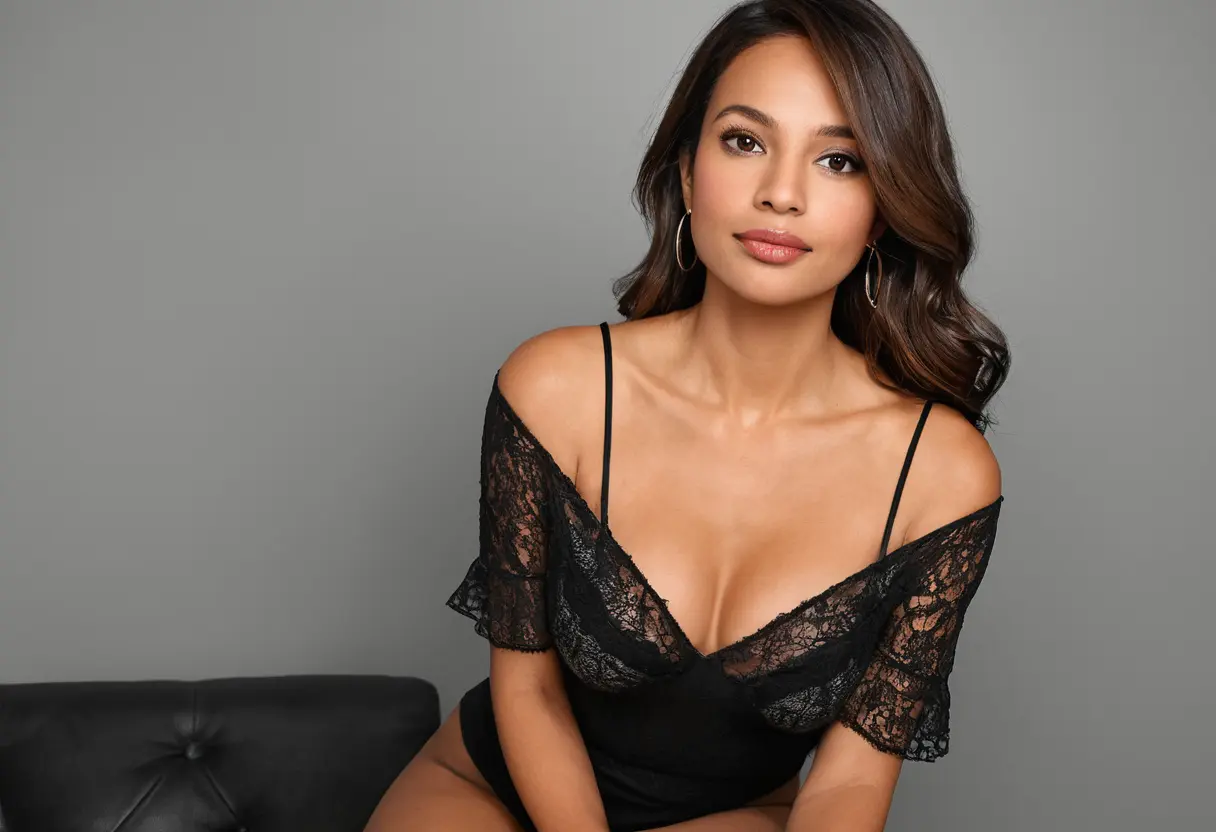Artificial Intelligence (AI) is revolutionizing many industries, and the fashion world is no exception. Virtual try-ons and digital fashion are gaining significant traction as AI technologies continue to advance. These innovations are transforming the way consumers shop for clothes, accessories, and even experiment with different looks without ever stepping into a store. In this article, we will explore how AI is reshaping the future of fashion, the technologies behind virtual try-ons, and the benefits they bring to both brands and customers.
Virtual try-ons have come a long way from their early stages. Initially, these technologies were limited to simple, static images or basic video simulations. However, as AI has developed, so has the sophistication of virtual try-on platforms. Today, AI-driven virtual try-ons use advanced computer vision, augmented reality (AR), and machine learning algorithms to create highly realistic and interactive shopping experiences. These virtual fitting rooms allow customers to try on clothes, accessories, and even makeup in real-time using their smartphones or computers.

The evolution of virtual try-ons is largely driven by the demand for a more personalized shopping experience. Consumers no longer want to rely solely on traditional online shopping methods where they can't physically touch or try on products. With AI, retailers can now offer a more immersive and engaging experience that helps customers visualize how products will look on them, increasing their confidence in purchasing decisions.

The AI technologies that power virtual try-ons are complex and involve multiple layers of innovation. The most important technologies include:

By integrating these technologies, AI is able to create highly realistic and dynamic virtual try-on experiences that were once unimaginable. The more data AI systems collect from users, the better they become at predicting what products will be most appealing, increasing both sales and customer loyalty.
AI-driven virtual try-ons provide numerous benefits to consumers, making the shopping experience more convenient, efficient, and enjoyable:
AI-powered virtual try-ons are not only beneficial for consumers but also offer numerous advantages for retailers:
As AI continues to advance, its role in digital fashion will only grow. Beyond virtual try-ons, AI is also enabling the creation of entirely digital fashion items that exist only in the virtual world. These digital garments can be used in virtual environments like gaming or social media platforms, offering new opportunities for self-expression and fashion innovation. Additionally, AI is pushing the boundaries of sustainable fashion by allowing consumers to visualize how clothes can be worn and reused in different contexts, thus promoting a more sustainable approach to fashion consumption.
In the future, AI is expected to play an even greater role in automating the design process, helping brands create fashion collections that are more tailored to consumer preferences and trends. As AI-driven technologies continue to mature, we can expect even more innovative features in virtual try-ons, such as advanced haptic feedback and more lifelike renderings of fabrics and textures.
The integration of AI in virtual try-ons and digital fashion is reshaping the way consumers interact with fashion brands. With the help of advanced AI technologies like computer vision, AR, and machine learning, virtual try-ons are becoming more realistic, engaging, and personalized. For consumers, this means more convenience, better fitting products, and a more enjoyable shopping experience. For retailers, AI-driven virtual try-ons can lead to increased sales, reduced returns, and improved customer loyalty. As AI continues to evolve, we can expect even greater advancements in the fashion industry, making shopping more interactive, sustainable, and customized than ever before.
2024-11-05 23:47
2024-11-05 22:47
2024-11-05 22:11
2024-11-05 22:10
2024-11-05 21:55
2024-11-05 21:46